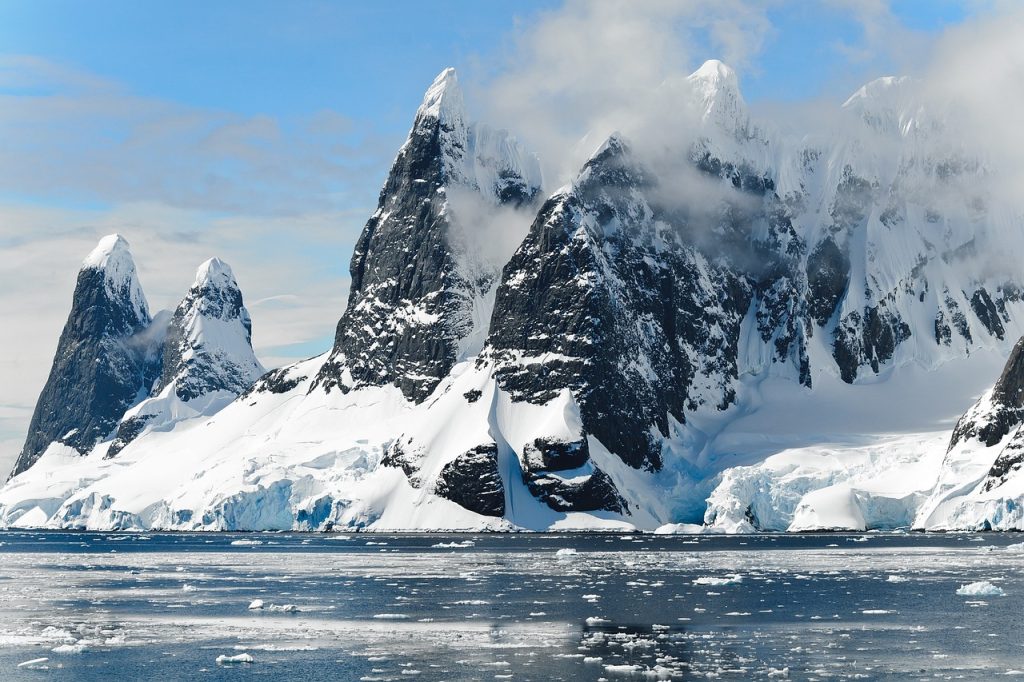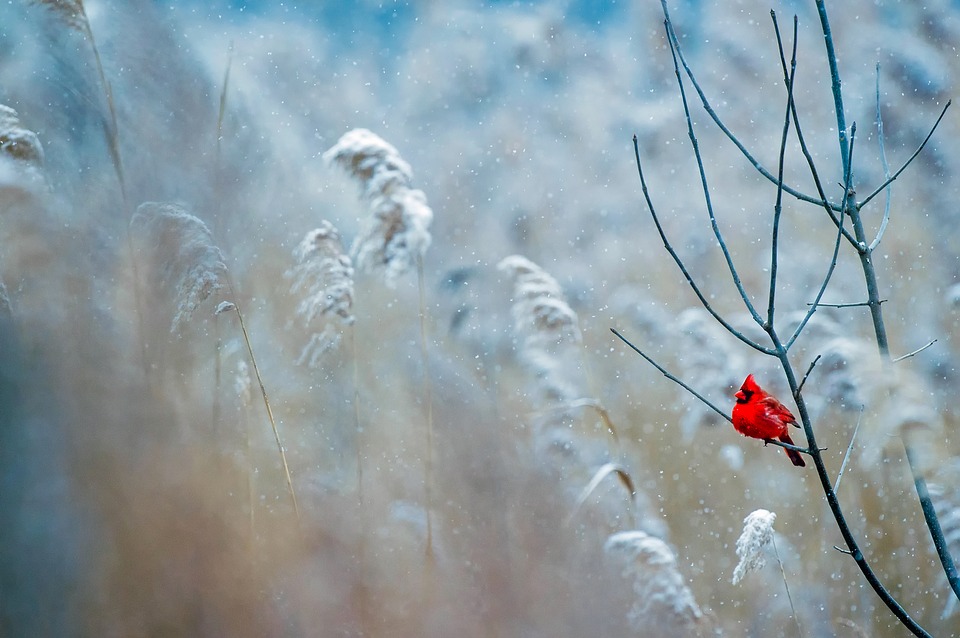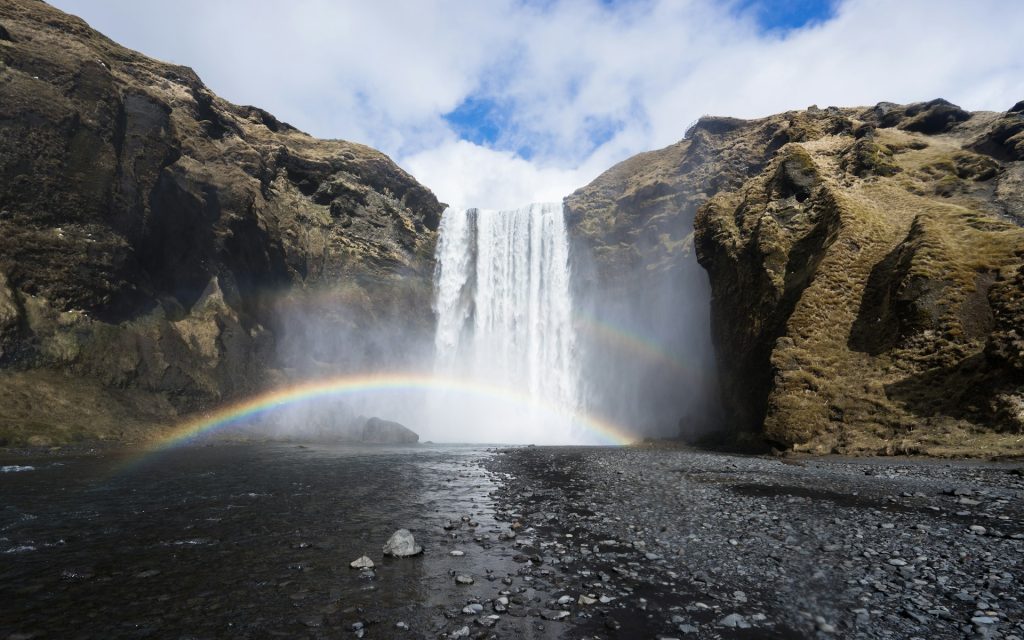Earthjustice | Working at the Brink
The Endangered Species Act is wildlife’s best friend in an age of extinction. This visionary law protects and restores the species most at risk of extinction — 99% of the species it protects have survived.
Earthjustice, born in the same era as the Endangered Species Act, has been at the forefront of efforts to ensure this critical statute realizes its promise.
Meet eight of the hundreds of species Earthjustice has gone to court to protect.
Palila
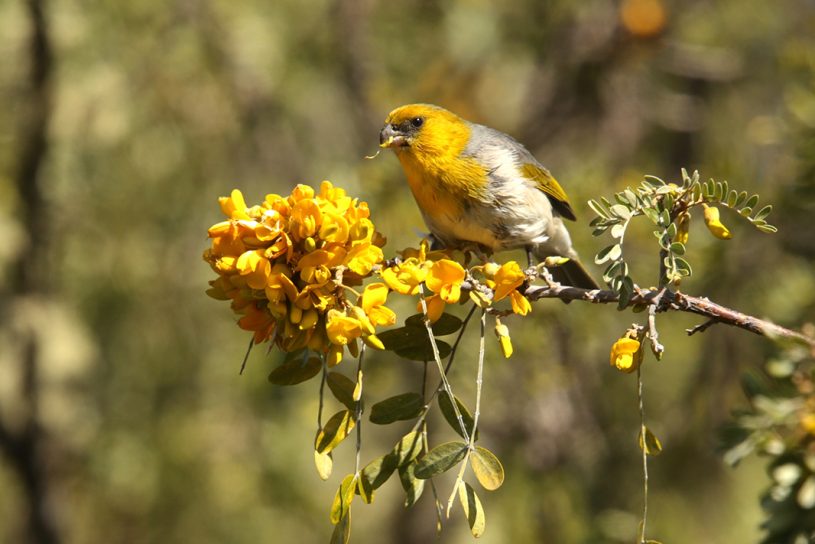
Earthjustice’s pioneering work to stem the tide of extinction began in 1976, when a relatively new law known as the Endangered Species Act was used by Earthjustice attorney Mike Sherwood to save the endangered Hawaiian palila. Living exclusively between the elevations of 7,000 and 10,000 feet on Mauna Kea on the Big Island of Hawaiʻi, the palila dines only on the seeds of the mamane tree, which is endemic to the same habitat. However, feral sheep and goats, brought to Hawaiʻi for sport hunting, were destroying the trees.
The judge in Sherwood’s case ruled that the state must remove the animals that were pushing the palila to extinction. This decision set the important legal precedent that damaging the habitat of a listed species is illegal. In the following years, until he retired in 2013, the legal work of Sherwood and his colleagues had a hand in protecting around 700 species, and much more.
Southern Resident Orcas
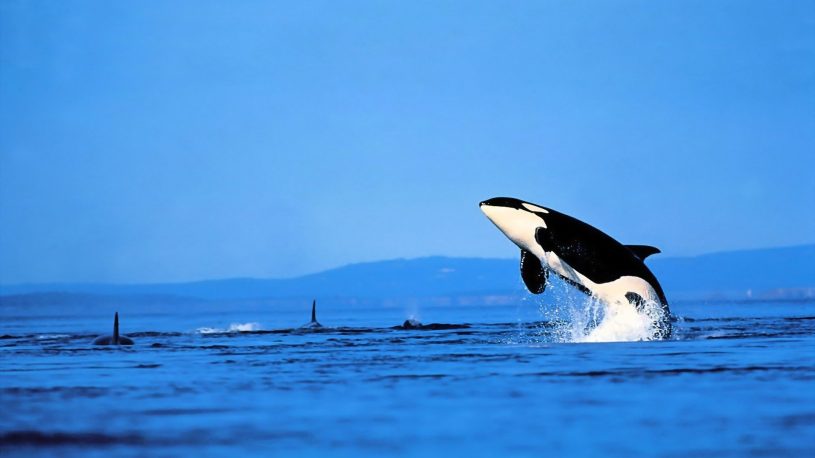
Living in tight-knit matrilineal family units called “pods,” orcas (Orcinus orca), also known as killer whales, have one of the most complex social systems of all marine mammals. The Southern Resident orcas — the J, K, and L pods — were decimated in the 1960s and 1970s when they were targeted for live capture for the Sea Worlds.
Earthjustice’s legal work secured Endangered Species Act protections for the orcas in 2005.
Wild Salmon
Earthjustice has worked for decades to protect three endangered and threatened wild salmon species: king salmon, coho, and sockeye.
In the Pacific Northwest, the Columbia River Basin was once among the greatest salmon-producing river systems in the world. But all remaining Snake River salmon are facing extinction because four aging dams stand in their way to reaching their pristine, natal cold water streams in central Idaho and beyond.
Scientists say taking out the dams and restoring the river is the single best thing we can do to save the salmon. Earthjustice has worked for years to remove the dams.
Wolverine
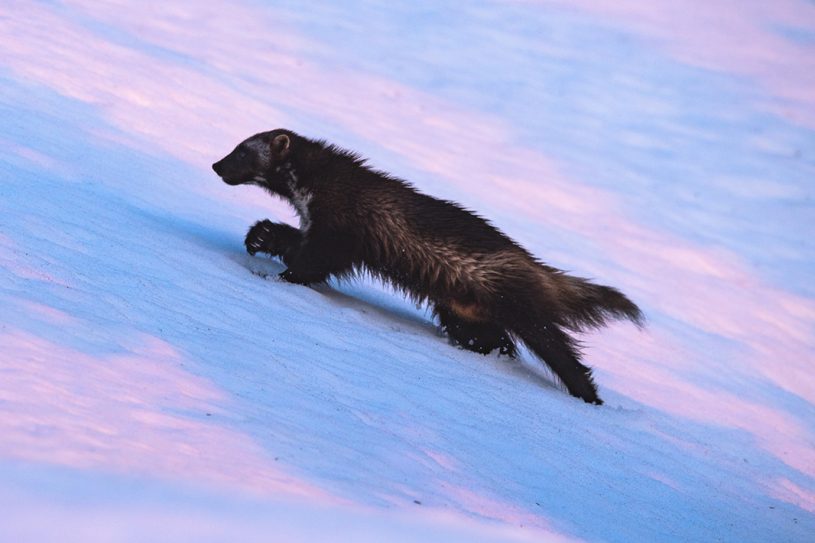
The continued existence of wolverines give hope that there’s still a chance for our wild world to thrive, not merely survive, into future generations. Earthjustice works to establish protections not only for wolverines, but also for the integrated ecosystems that sustain their prey and habitat.
California Sea Otters
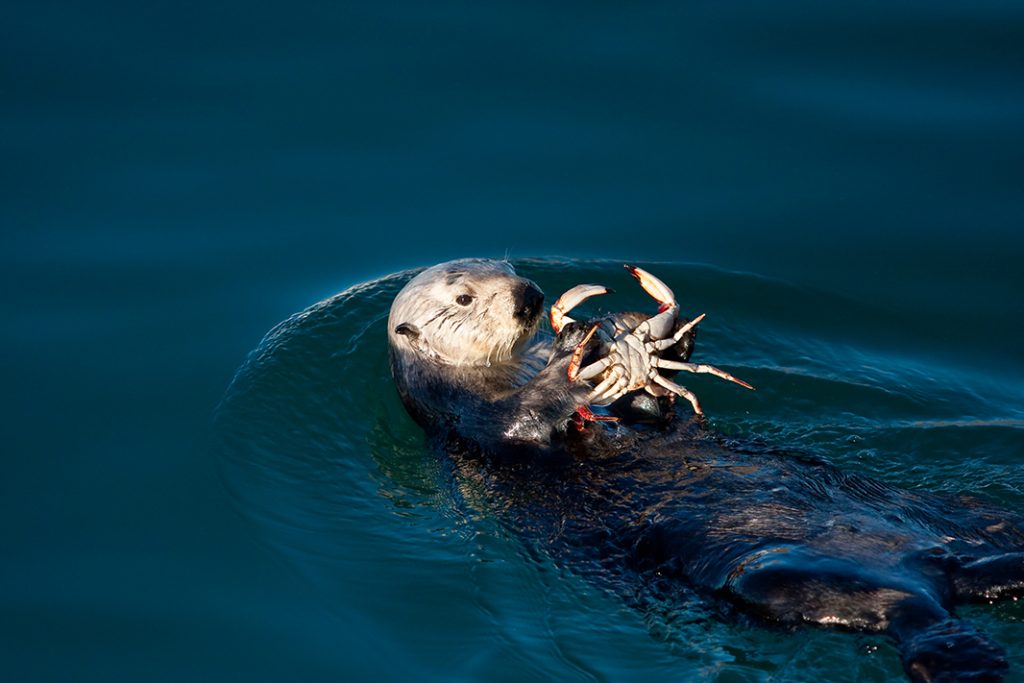
As with the wolverine, the fur trade nearly turned every last otter into luxury winter wear. Once found in abundance, sea otters were thought to be extinct until a small colony was discovered in 1938 near Big Sur. Since then, it’s been a slow, uncertain recovery.
Sea otters are a keystone species — the lynchpin of ecosystems. When otters feed on shellfish, particularly sea urchins, they control the population of these species. Otherwise, urchins could consume all of the kelp in the otter’s coastal habitat.
Earthjustice successfully defended the end of the ill-advised “No Otter Zone,” which excluded otters from parts of their habitat. The case went to the U.S. Supreme Court, which allowed the decision to stand by declining to review the appeal.
Yellowstone Grizzly Bear
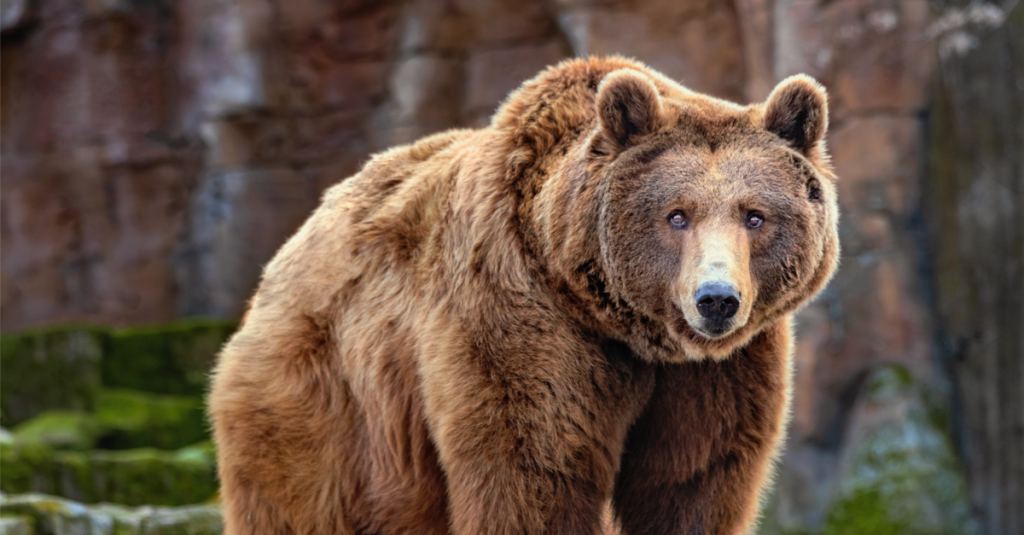
During Lewis and Clark’s famous expedition across America’s vast western wilderness in the early 1800s, there were approximately 50,000 grizzly bears. Today, grizzly bears in the lower-48 states are reduced to 1% of their historic range and 1–2% of their historic numbers due to persecution, poisoning, sport hunting, and habitat destruction.
One of the last strongholds for grizzlies is Yellowstone National Park and its surrounding public land. This unique region is one of the few remaining great ecosystems of the world.
Earthjustice attorneys have worked for decades to safeguard the bears.
Gray Wolf
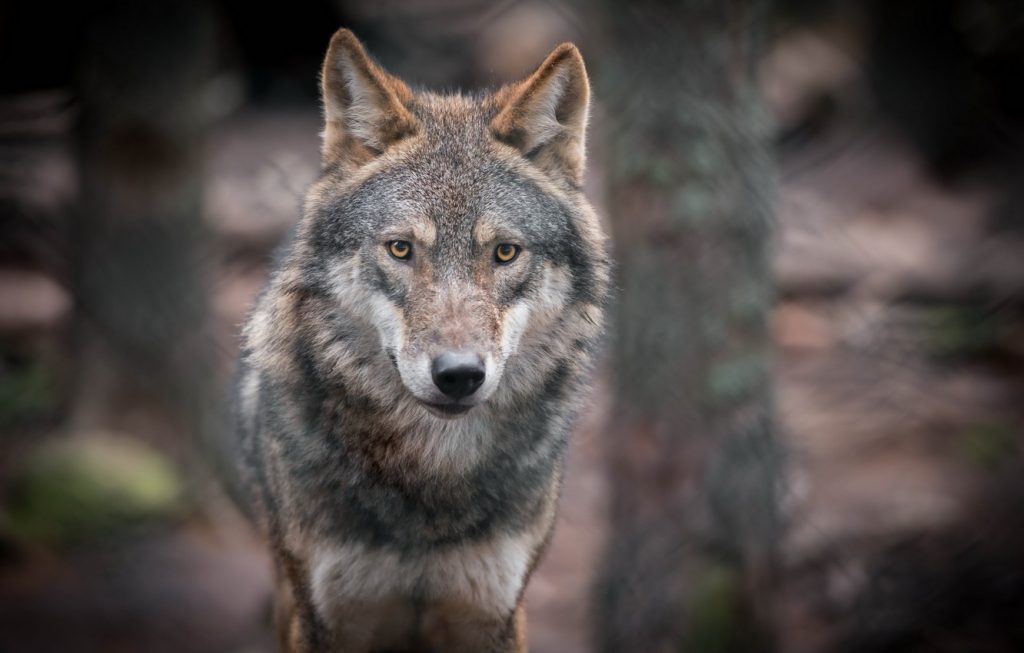
The gray wolf is one of North America’s most iconic native predators. The incredible comeback of the gray wolf in the Northern Rockies signaled the resolve of a society strong enough to embrace a world ensured not just for us, but for all species.
Decimated by decades of unregulated slaughter and persecution, gray wolves were pushed to the brink of extinction. In 1973, gray wolves became one of the first animals to appear on the Endangered Species list.
Today, the future of wolves remains under threat — from hostile state management plans to anti-wildlife politicians.
Earthjustice has gone to court and advocated on behalf of wolf populations throughout the country, alongside our partners and clients, for more than a decade.
ʻUaʻu (Hawaiian Petrel)
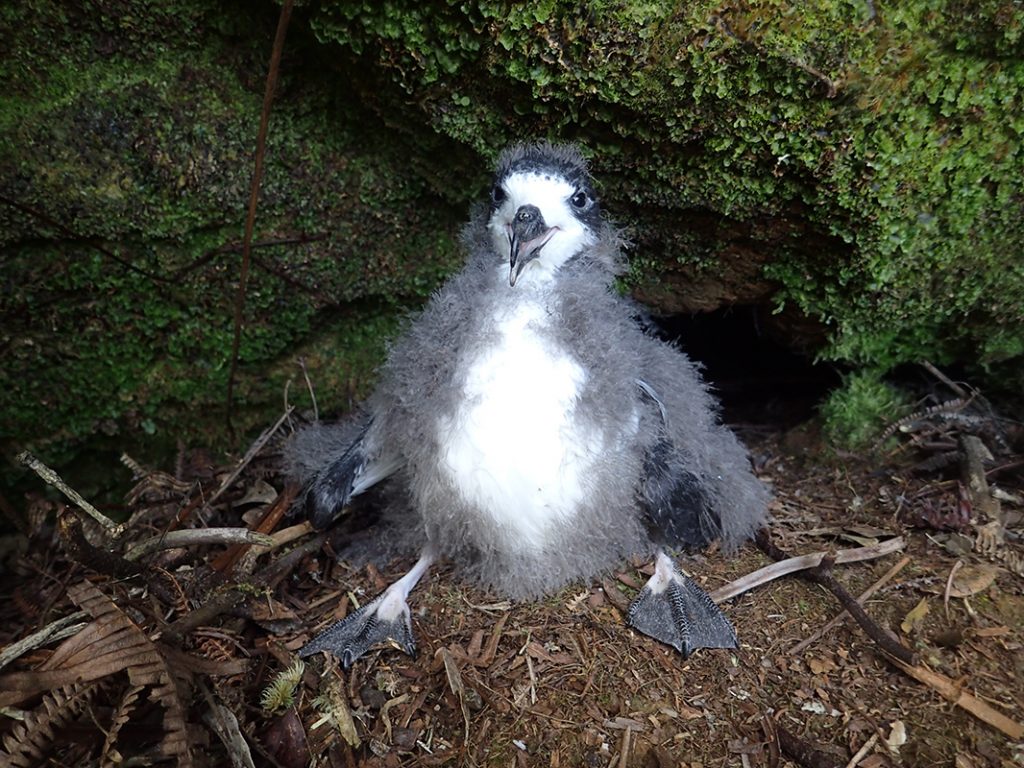
The mysterious, rarely seen ʻuaʻu, also known as the Hawaiian petrel (Pterodroma sandwichensis), are true seafarers, living nearly all of their lives over the open ocean.
Earthjustice has been working for years in the Aloha State on behalf of these endangered birds. Once plentiful throughout the islands, they are colliding — literally — with human development, killed when they fly into power lines and become disoriented from bright streetlights.
In March 2020, a court ruling in a lawsuit brought by Earthjustice found that Maui County violated state law by failing to conduct environmental review for a streetlights project that threatens harm to Maui’s imperiled sea turtles and seabirds, including Hawaiian petrels.
Take Action
As officials hear from Earthjustice attorneys in court, outside the courtroom, they’re hearing from you. Visit the Earthjustice Action Center.



